Hothouse flower: how the cactus became Cartier’s new design motif
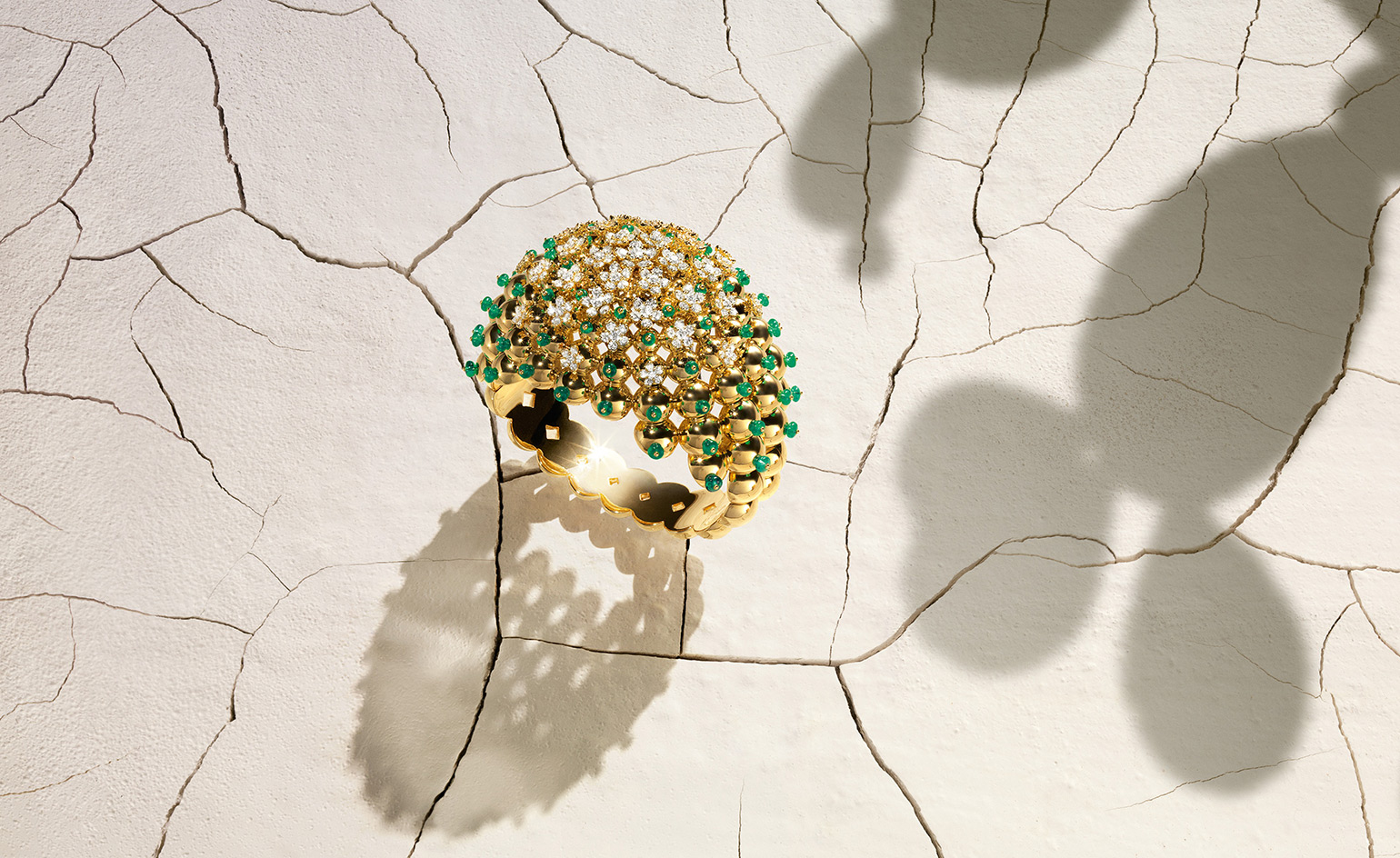
The signal that fine jewellery houses are tuning into the current mood for style disruption is reflected in Cartier’s announcement that the cactus has been elected as its new ‘house flower’.
Generally spiky, awkward of form and not immediately lovely, if it seems like a try-hard diversion, a flick through Cartier’s glorious design history proves otherwise. From the then-shocking panther motifs of the art deco period through to Aldo Cipullo’s precious hardware designs of the early 1970s, Cartier has never shied away from its designers’ creative peculiarities. Rather, it has created a hugely successful business out of them – both the Panthere and Cipullo’s 'Love' bracelet design, which comes with its own screwdriver, are recognised design greats today.
And now we have Cactus de Cartier. ‘We did consider other flowers but we liked the reality of the cactus because you can find beauty in reality – it can be realistic and imaginary at the same time, and as a house we are not afraid of reality,’ explains Pierre Rainero, Cartier director of image, style and heritage.
Another draw was the variety – so many species, so many deserts, so many narrative connotations. ‘This choice is not a one-shot inspiration for us,’ Rainero confirms. ‘We wanted a flower with a Cartier look and Cartier flowers are never banal; throughout our history there has always been a singular design element to them, such as abstraction or a drooping, faded bloom in an otherwise vivid bouquet.’
This first outing for Cartier’s Cactus toys with volume and materials – light, lattice-like gold, semi-precious stones and brilliant, unexpected colours. Perhaps the most successful pieces are those with the most refined proportions – the small, semi-hoop beaded drops of gold, emeralds, carnelians and diamonds, for instance, are such a modern take that they have the feel of an instant classic about them. ‘There is a 1970s spirit to the designs,’ Rainero admits, ‘but the designs of that era were also reflective of 1930s styles, as in the colour codes and that audacious, free spirit.’
The bracelets, too, which look slightly too big at first glance, have a retro feel that becomes instantly modern when clasped, cuff-like, to the wrist. Some seriously creative engineering – as in the articulated gold bracelet with lapis lazuli and diamond flowers, where each side opens out to enable it to fit on the wrist – and exceptional craftsmanship on the reverse side, give Cactus de Cartier all the sumptuous, tactile quality you’d expect of designs bearing the Cartier hallmark.
And, reflecting the sassy character that can so often make a Cartier design stand apart, there is humour, too. ‘We were very sensitive to the fact that the flower is sensual but at the same time it is "piquant", spiky, unapproachable,’ says Rainero, ‘that fiery, unexpected character is all part of the attraction for us.’
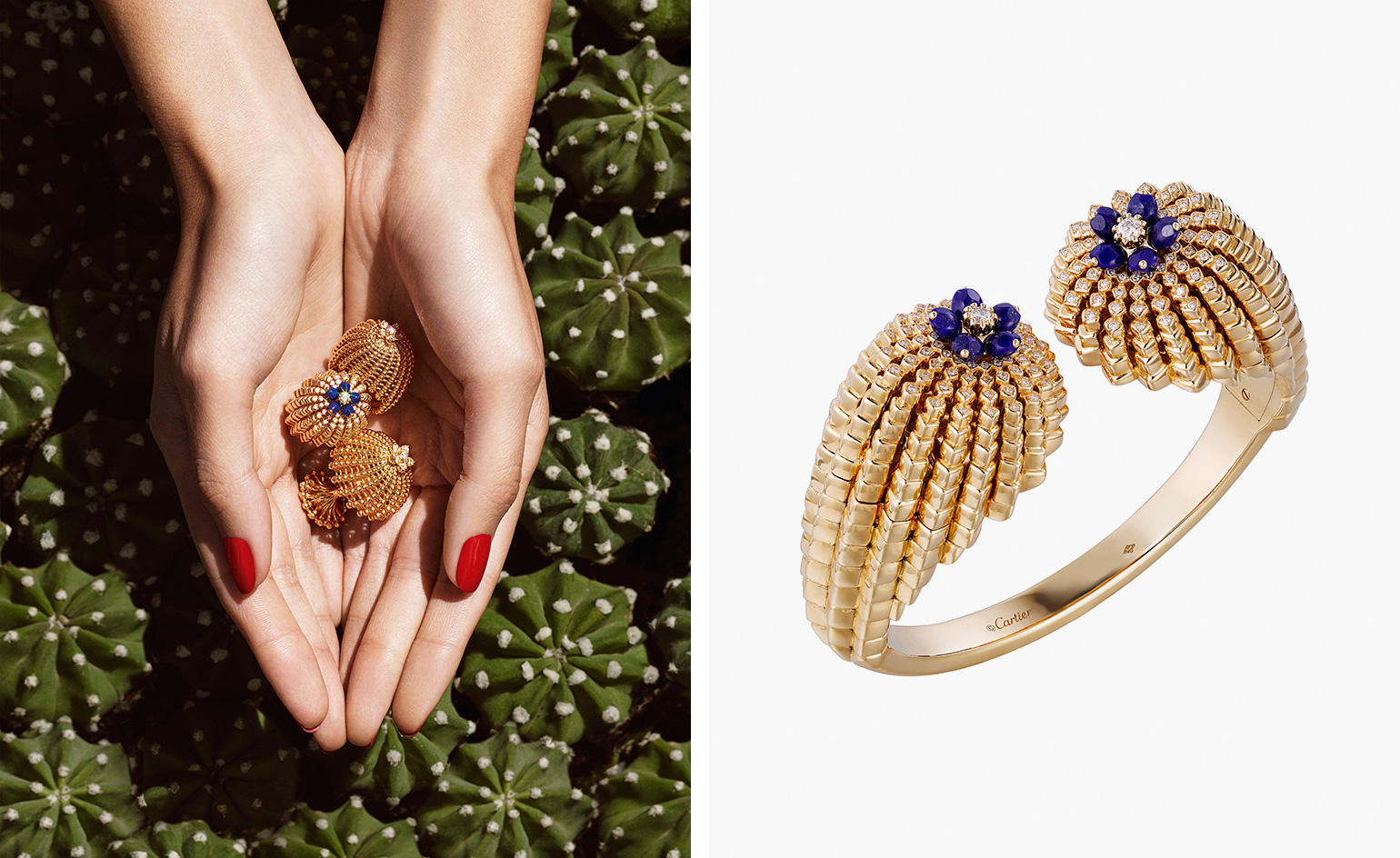
From left, Cactus de Cartier rings in 18-carat yellow gold, brilliant-cut diamonds and lapis lazuli; and Cactus de Cartier cuff bracelet in 18-carat yellow gold, lapis lazuli and brilliant-cut diamonds
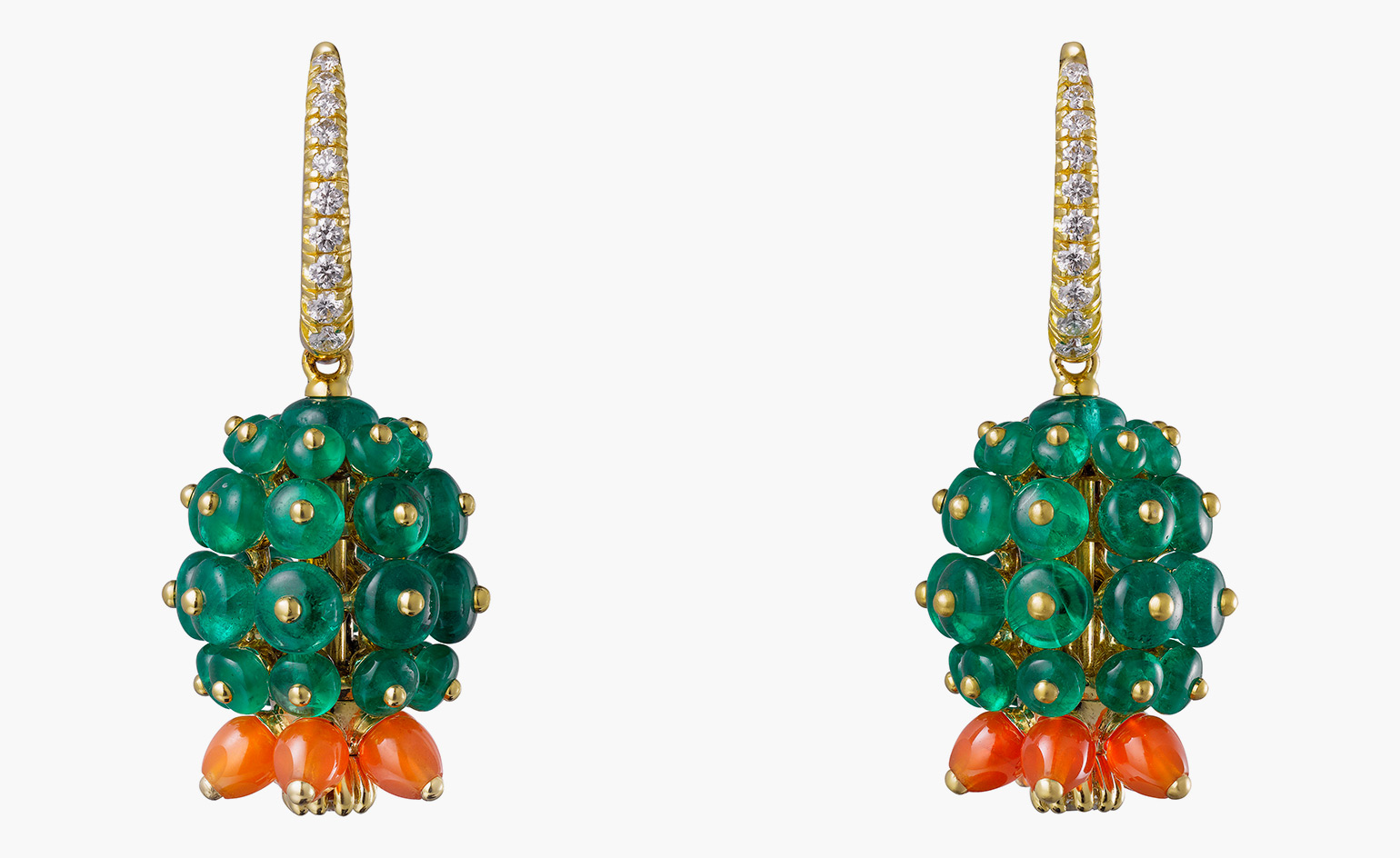
Cactus de Cartier earrings in 18-carat yellow gold, emeralds, carnelians and brilliant-cut diamonds
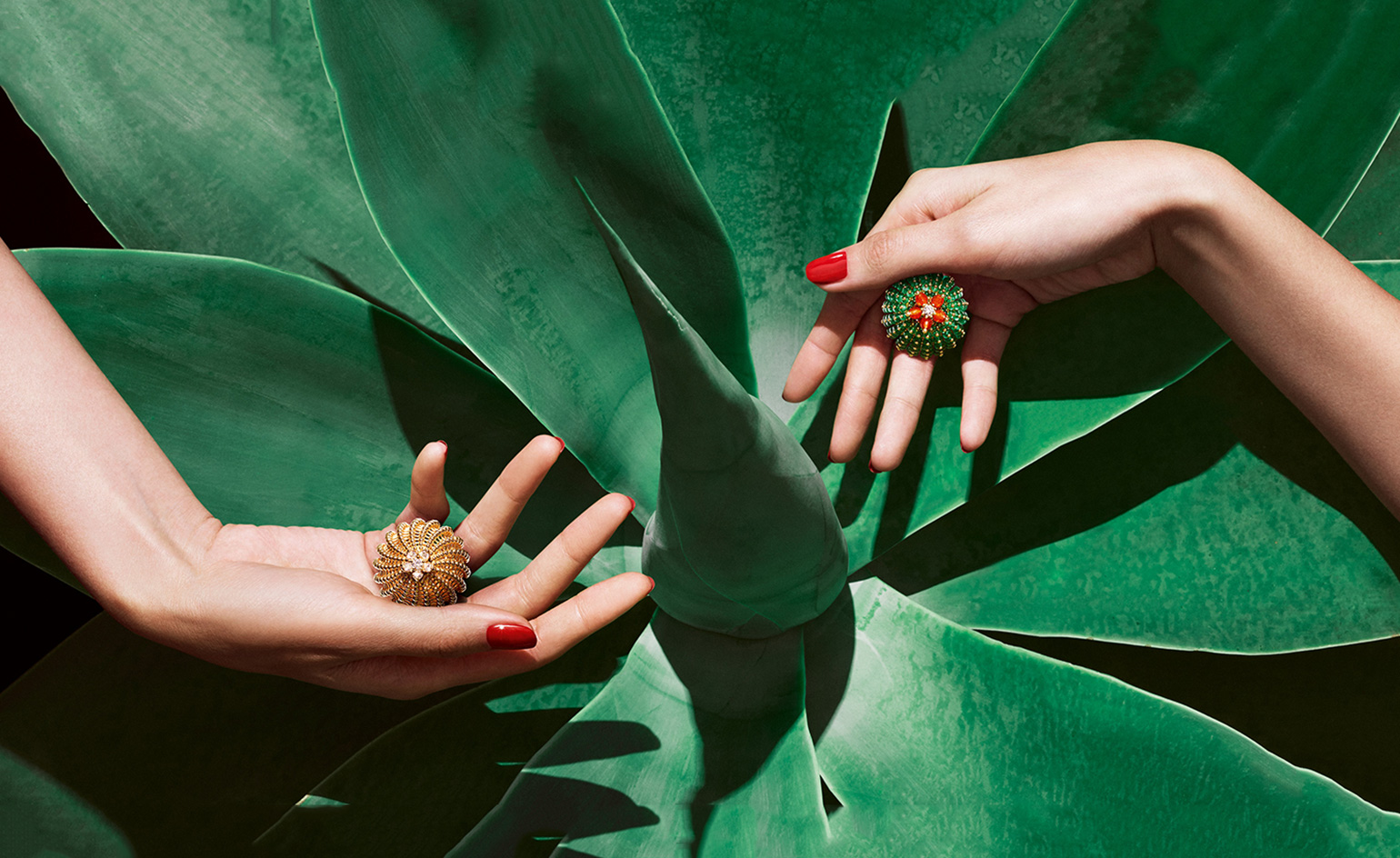
Cactus de Cartier rings in 18-carat yellow gold, emeralds, carnelians and brilliant-cut diamonds
INFORMATION
For more information, visit the Cartier website
Photography: Txema Yeste; Julien Claessens & Thomas Deschamps; Vincent Vulweryck; Emil Larsson; Vincent De La Faille. Courtesy of Cartier
Wallpaper* Newsletter
Receive our daily digest of inspiration, escapism and design stories from around the world direct to your inbox.
Caragh McKay is a contributing editor at Wallpaper* and was watches & jewellery director at the magazine between 2011 and 2019. Caragh’s current remit is cross-cultural and her recent stories include the curious tale of how Muhammad Ali met his poetic match in Robert Burns and how a Martin Scorsese Martin film revived a forgotten Osage art.
-
 All-In is the Paris-based label making full-force fashion for main character dressing
All-In is the Paris-based label making full-force fashion for main character dressingPart of our monthly Uprising series, Wallpaper* meets Benjamin Barron and Bror August Vestbø of All-In, the LVMH Prize-nominated label which bases its collections on a riotous cast of characters – real and imagined
By Orla Brennan
-
 Maserati joins forces with Giorgetti for a turbo-charged relationship
Maserati joins forces with Giorgetti for a turbo-charged relationshipAnnouncing their marriage during Milan Design Week, the brands unveiled a collection, a car and a long term commitment
By Hugo Macdonald
-
 Through an innovative new training program, Poltrona Frau aims to safeguard Italian craft
Through an innovative new training program, Poltrona Frau aims to safeguard Italian craftThe heritage furniture manufacturer is training a new generation of leather artisans
By Cristina Kiran Piotti
-
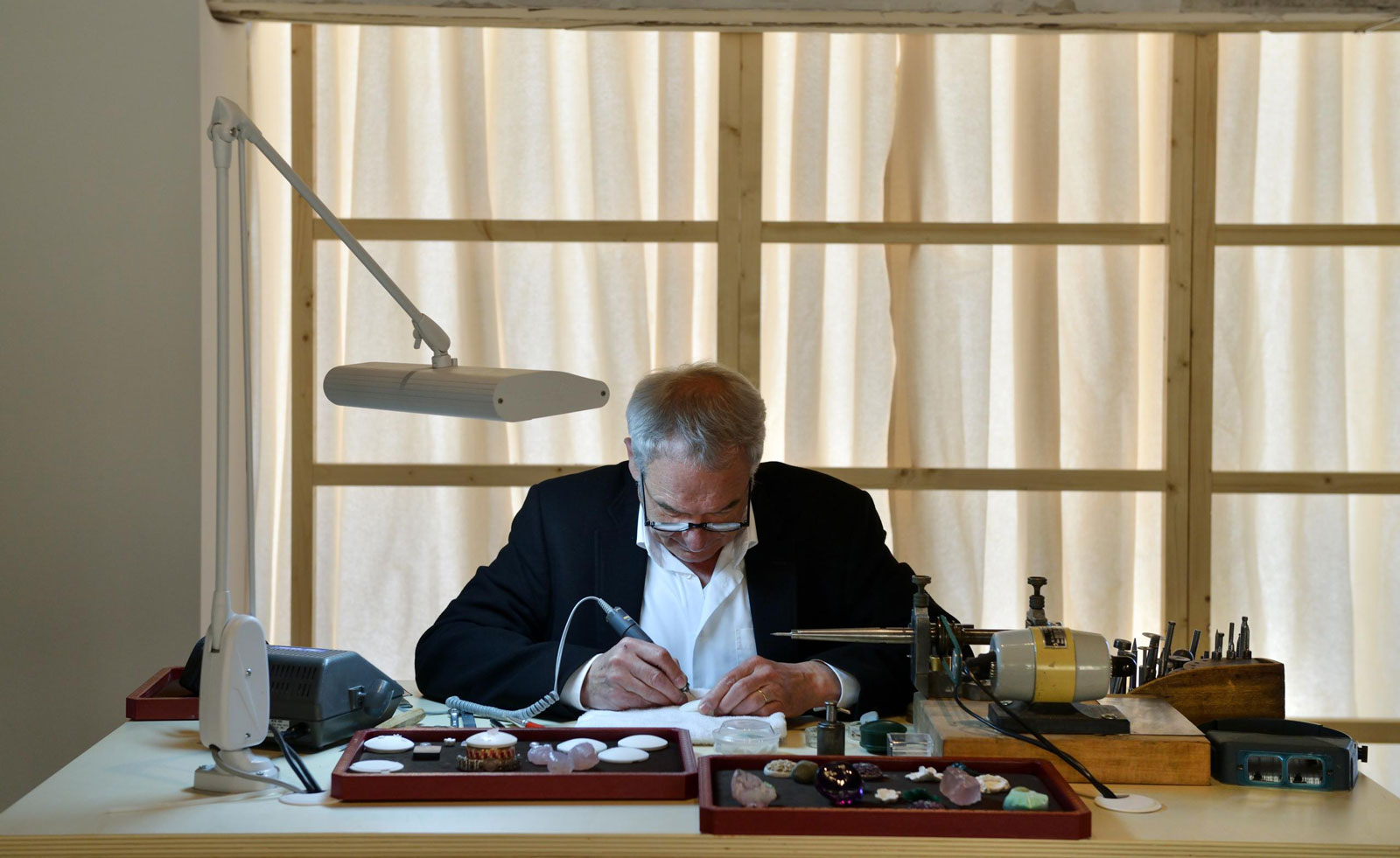 Cartier celebrates the art of craft in Venice
Cartier celebrates the art of craft in VeniceCartier has created a unique piece for Homo Faber 2022 that is at once jewellery and objet d’art
By Hannah Silver
-
 Cartier high jewellery watches encompass playful design codes
Cartier high jewellery watches encompass playful design codesThe Indomptables de Cartier watch collection draws on Cartier’s history of incorporating animals into iconic designs
By Hannah Silver
-
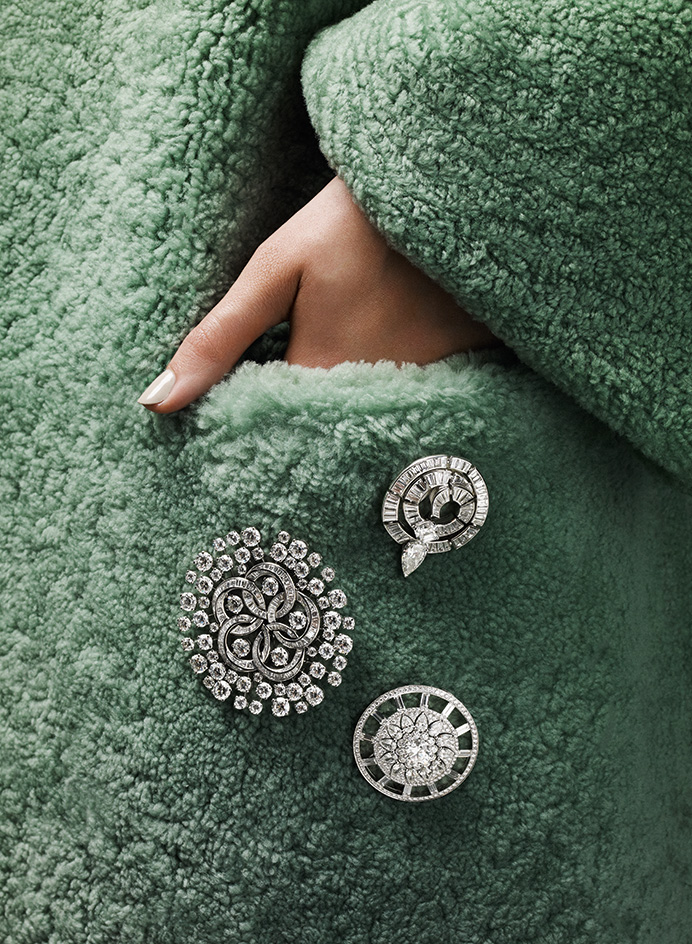 Make a statement with these high jewellery brooches
Make a statement with these high jewellery broochesIn honour of Madeleine Albright (1937 – 2022), who as US secretary of state frequently communicated her diplomatic intentions through a vast collection of brooches, we revisit an exquisite array of high jewellery pieces, first featured in Wallpaper’s October 2016 issue
By Caragh McKay
-
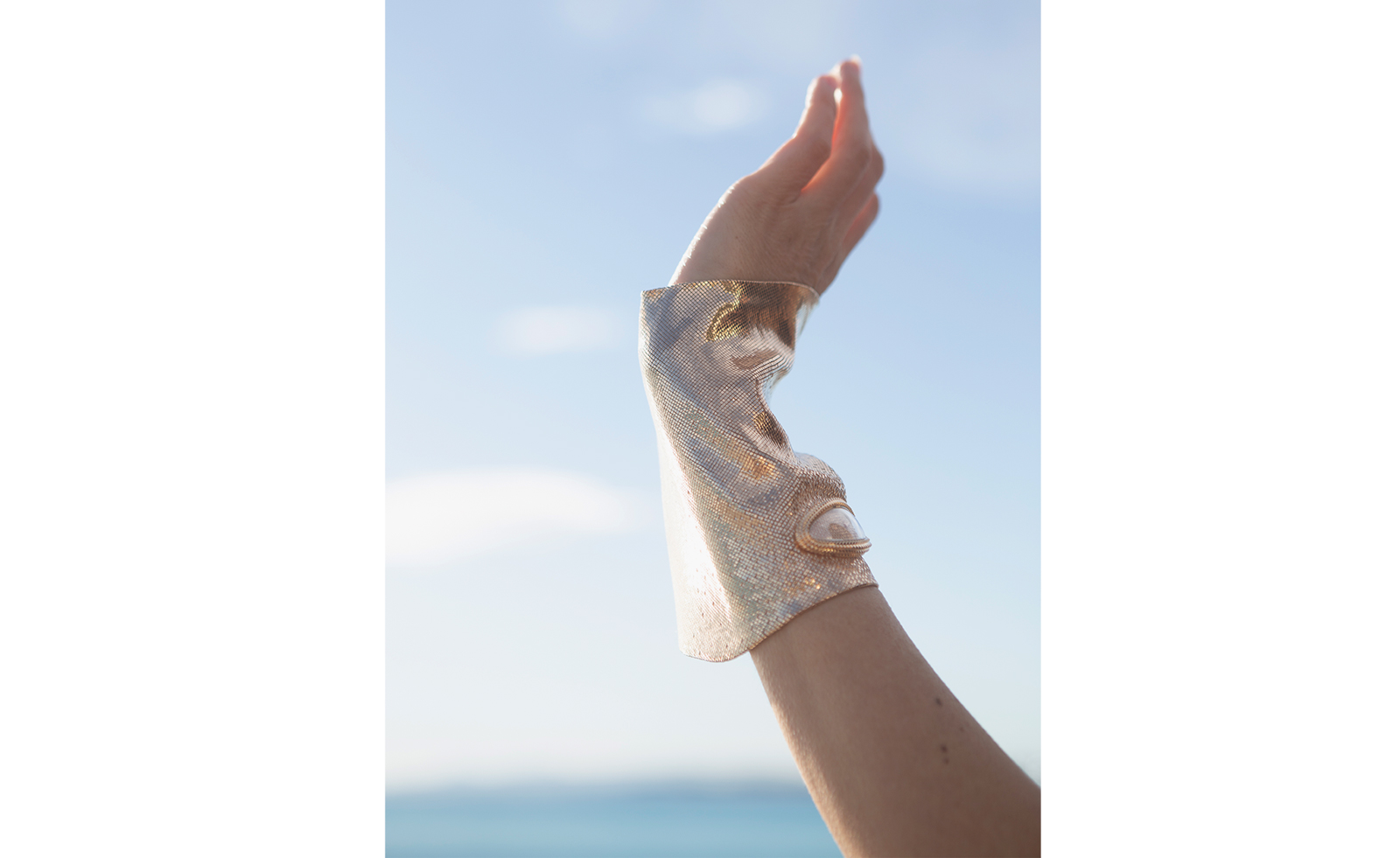 Cartier wins Best Glove Affair: Wallpaper* Design Awards 2022
Cartier wins Best Glove Affair: Wallpaper* Design Awards 2022The Cartier Clash [Un]Limited mitten watch, by Cartier, is crafted from supple rose gold mesh and set with nearly 1,600 diamonds
By Hannah Silver
-
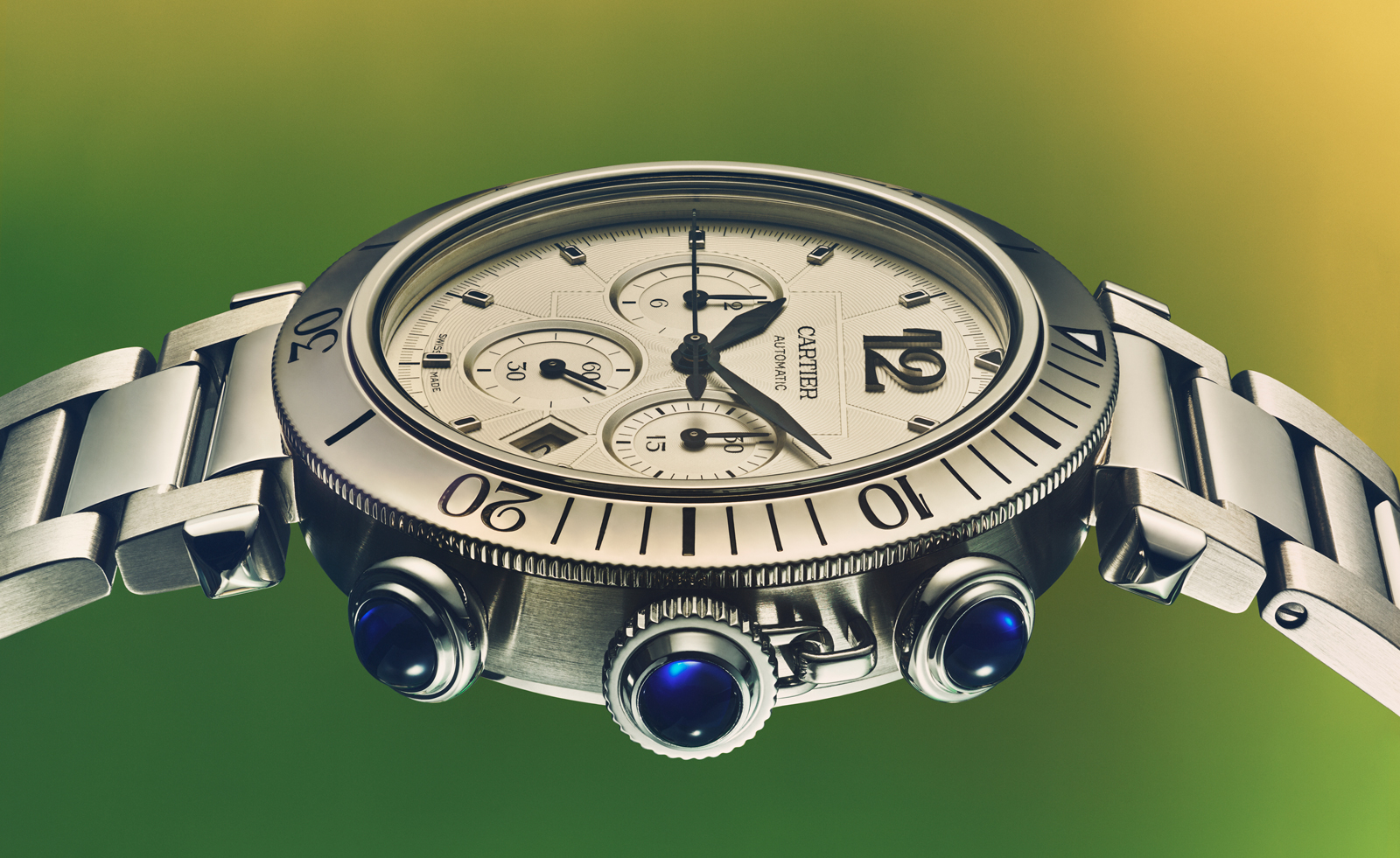 Watches for men nod to sporty design codes
Watches for men nod to sporty design codesYou’ll see why we’re big on these sporty watches for men
By Hannah Silver
-
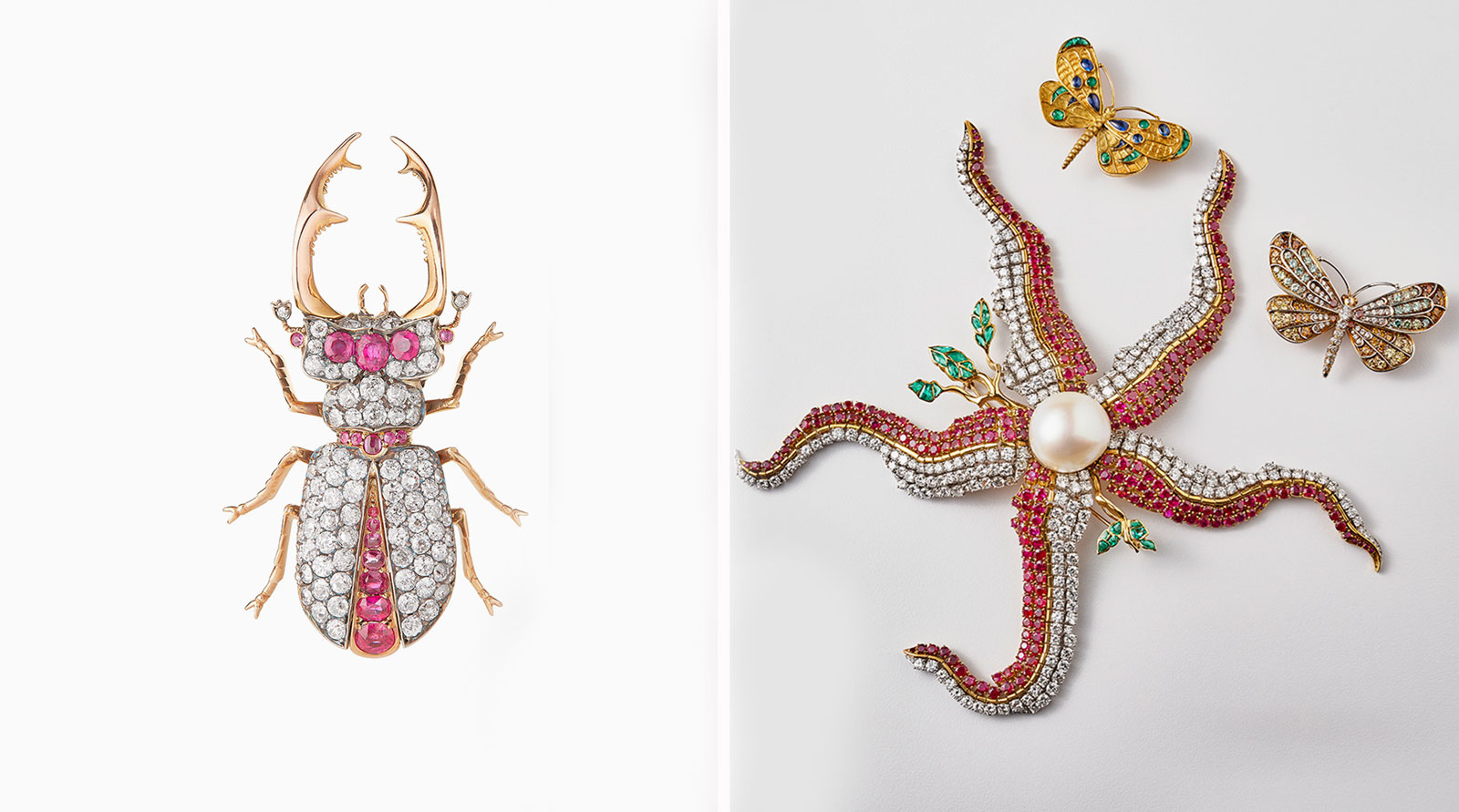 The American Museum of Natural History celebrates animal jewellery
The American Museum of Natural History celebrates animal jewelleryA new exhibition, Beautiful Creatures, marks the opening of the new Allison and Roberto Mignone Halls of Gems and Minerals
By Hannah Silver
-
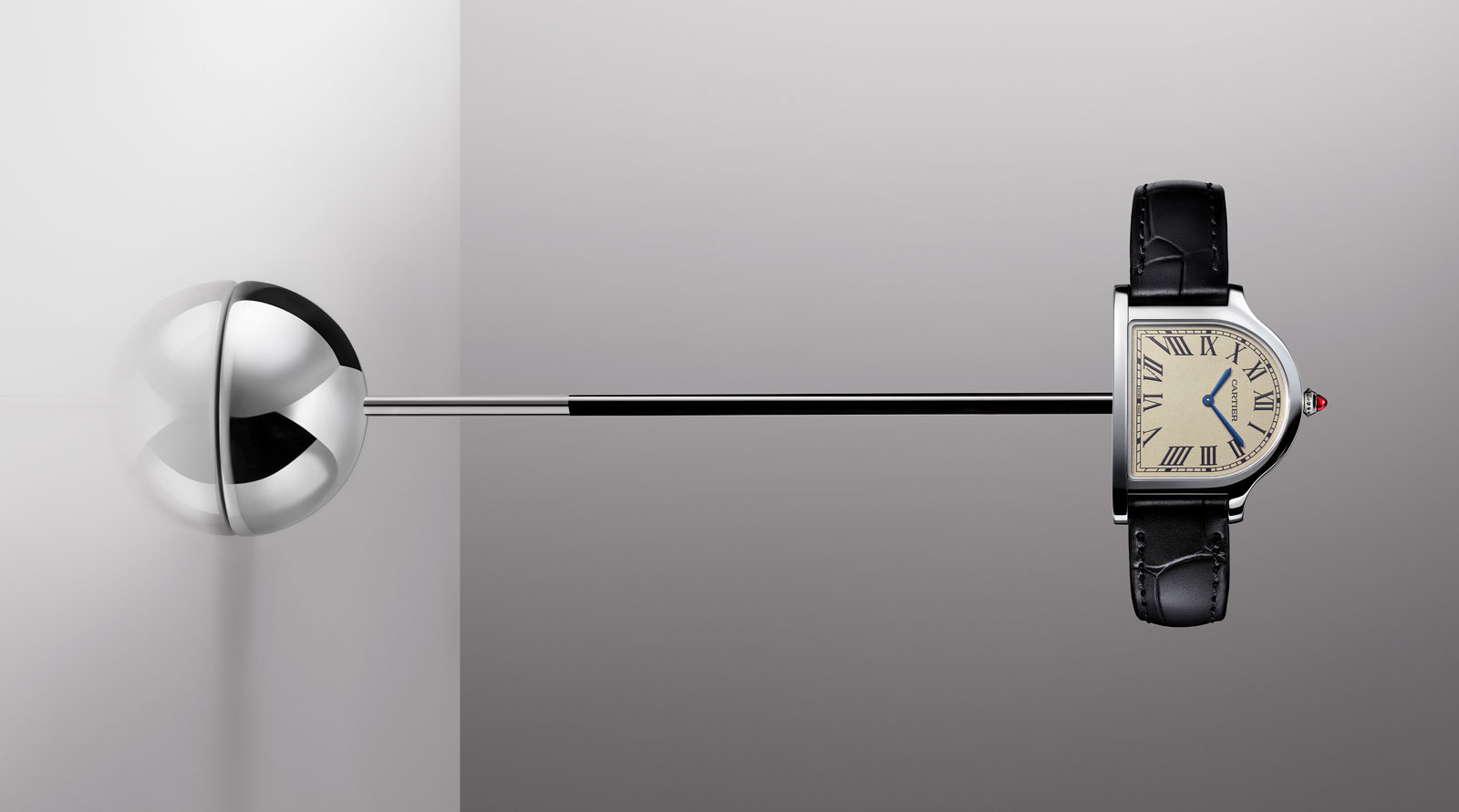 Cartier’s new watch pays tribute to the original 1920s bell-shaped design
Cartier’s new watch pays tribute to the original 1920s bell-shaped designThe Cartier Privé Cloche de Cartier has been unveiled as one of Cartier’s key watch launches of the year
By Hannah Silver
-
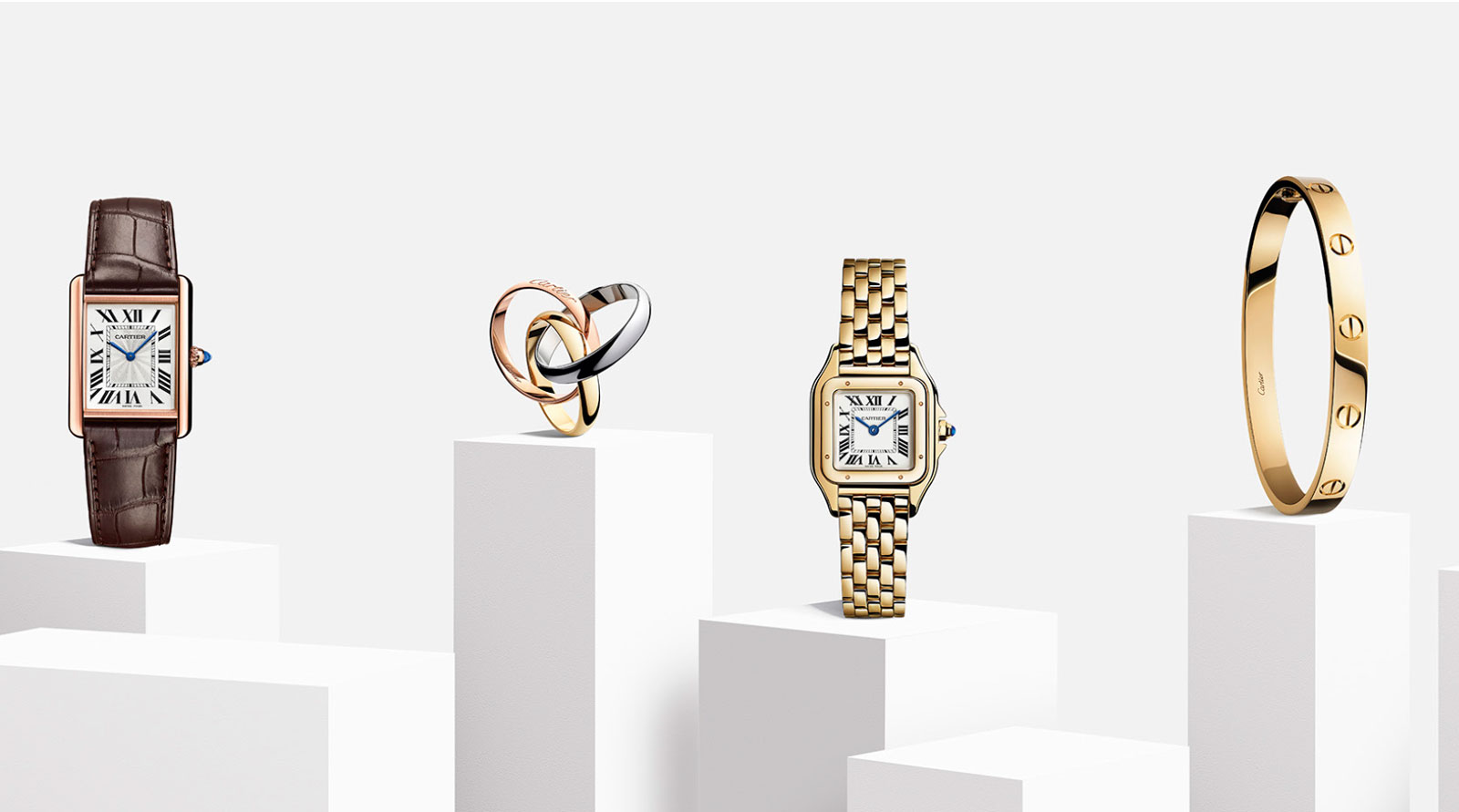 Cartier pays homage to its most iconic designs
Cartier pays homage to its most iconic designsThe Cartier Santos, Tank, Trinity, Love, Juste Un Clou, Panthère and Ballon Bleu jewellery and watch collections have been brought together for the first time
By Hannah Silver